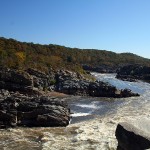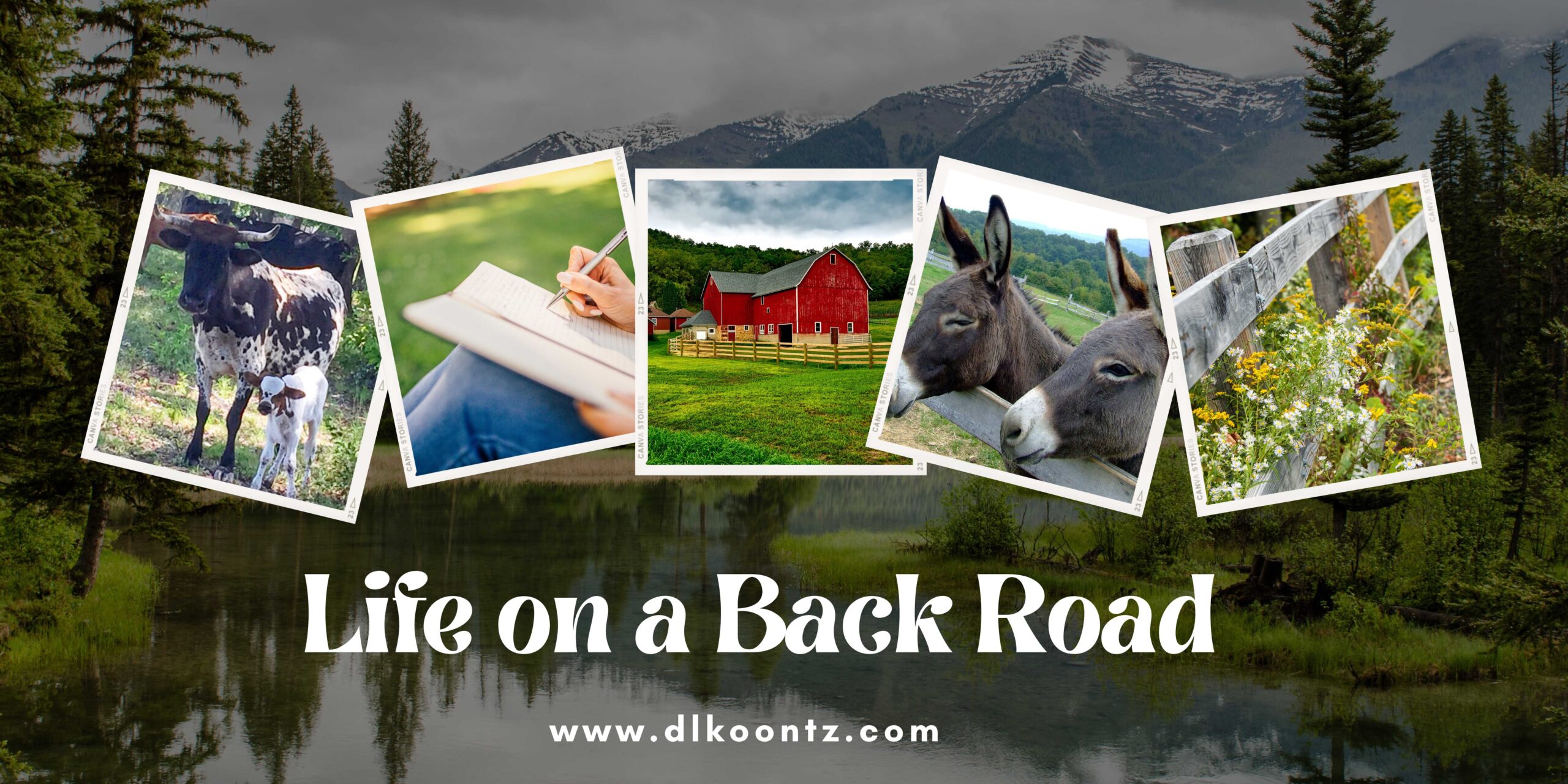 For brevity sake, I’ll shorten what I had written: An intricate tale of…the series takes place…on a crypt-like hillside…and the raging Potomac River…
For brevity sake, I’ll shorten what I had written: An intricate tale of…the series takes place…on a crypt-like hillside…and the raging Potomac River…
A friend, reading my book proposal, looked up, a pout on his face.
“You can’t say that,” he said.
Say what? I was confused. My proposal was for a work of fiction. What could possibly be taboo about anything in it?
“Raging,” he said reading my confusion. “The Potomac isn’t raging. It swirls around and it has a lot of rapids, but it doesn’t rage.” He paused and looked into the distance. “It kind of sighs.”
“I’m trying to build suspense,” I explained. “Your sense of fear wouldn’t be activated if you read that my character moves to a place where the river sighs.”
“Doesn’t matter,” he said. “It’s not accurate.”
I looked at him, incredulous. Being the stereotypically sensitive writer, I was annoyed, and thought: What does he care?
He hailed from a zip code that bordered the Potomac on the West Virginia side, an area where building codes, lawn ordinances, and recycling practices were ignored, if they existed at all.
In his stomping ground, one could wear a billed cap into any restaurant without prompting stares from others, and could comfortably hang a sign on his mailbox featuring a silhouette of a gun and announcing, “We don’t call 9-1-1.”
In other words, he didn’t function in the rigid black and white; he operated in the gray area, living as he pleased, eschewing the protocols and “rules” that society dictated. I appreciated that, in fact I admired that, but when I pointed out his double standard―that he could live in the gray area but that I couldn’t write in the gray area―he was quick with rebuttal.
“Not with nature.” He shook his head. “You gotta be loyal to it. Some things just have a truth that should be left alone.”
“But that’s the whole point,” I countered, all the while mentally filing away the incredible quote he’d just given me. “It’s not truth, it’s fiction.”
“Shouldn’t you place your fiction into as much truth as possible?” he asked. “Doesn’t that make it more believable for the reader?”
“Well, yes, but you see, nature is also a tool that writers can use to—”
“No, the characters are yours. Mess ’em up all you want. Nature is God’s and He made it pretty dang good the way it is. Leave it alone.”
What could I say? I just smiled back. I, the daughter of a farmer who had taught his children to be gentle and respectful stewards of the land, was playing God, at least in my friend’s eyes. In my fiction I was as ecologically irresponsible as the people who’ve dried the lakes, leveled the mountains and razed the rainforests.
In that instant a certain Bible verse flicked across my mind: “For the earth is the Lord’s, and the fullness thereof.” (1 Corinthians 10:26). Further proof that I’d overstepped my bounds?
In the end, my friend and I studied the river a little more closely and we settled on “churning” because we saw little tidal swirls form at the bases of the scattered rapids.
“…the churning Potomac River.”
The word seemed apropos to me because the exchange had also churned a desire within me to be more exact in my writing.
Oh, I’m not saying I’ve stopped playing with nature. When I feel a nice destructive twister or torrential hailstorm is called for, I might play Master of the Universe and put my characters through quite an ordeal. And I’m still going to alter the terrain, whip up violent windstorms, describe spooky shadows on the moon…(Hmm, do you picture me rubbing my hands and laughing in a sinister way?)
What I mean by my intent to be “more exact” is that I don’t want my readers to be disappointed. Books introduce readers to news places and new things. So why mislead them? I recall many people saying they wanted to visit Forks, Washington after reading the Twilight series. Imagine their displeasure if they found it to be different than what they’d read in the books.
Then there are movies, Fargo, for example. I remember being disappointed to learn that it wasn’t filmed in Fargo, North Dakota, but rather Minnesota. And weren’t we all disappointed to learn that the TV series Northern Exposure was filmed in the state of Washington, not Alaska?
No, I want my readers to visit the beautiful Blue Ridge and the Potomac River. I think I’ll depict it just as it is, raging, churning or calm.
About the Potomac River: The Potomac flows into the Chesapeake Bay, located along the mid-Atlantic coast of the U.S., and is about 405 miles long, making it the fourth largest river along the Atlantic coast. Over 5 million people live within the Potomac watershed. Because the river is situated in an area rich in American history and heritage, it has been nicknamed “the Nation’s River.” According to Wikipedia: “The Potomac River brings together a variety of cultures throughout the watershed from the coal miners of upstream West Virginia to the urban residents of the nation’s capital and, along the lower Potomac, the watermen of Virginia’s Northern Neck.”
Jeremiah 2:7―“I brought you into a fertile land to eat its fruit and rich produce. But you came and defiled my land and you made my inheritance detestable.”




 Historical intrigue interwoven with modern-day suspense and a touch of the mysterious.
Historical intrigue interwoven with modern-day suspense and a touch of the mysterious. Contemporary romantic suspense.
Contemporary romantic suspense.


0 Comments